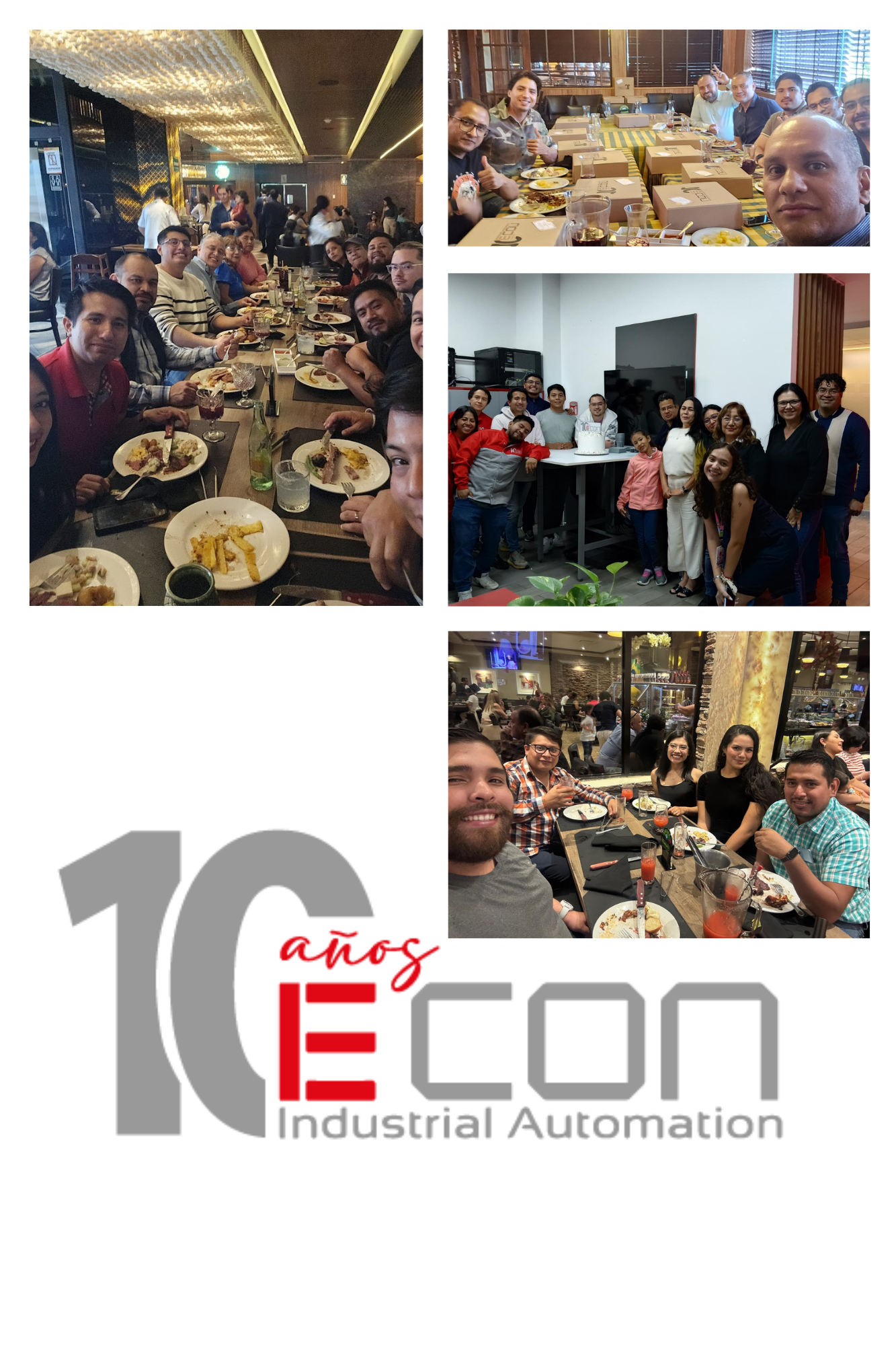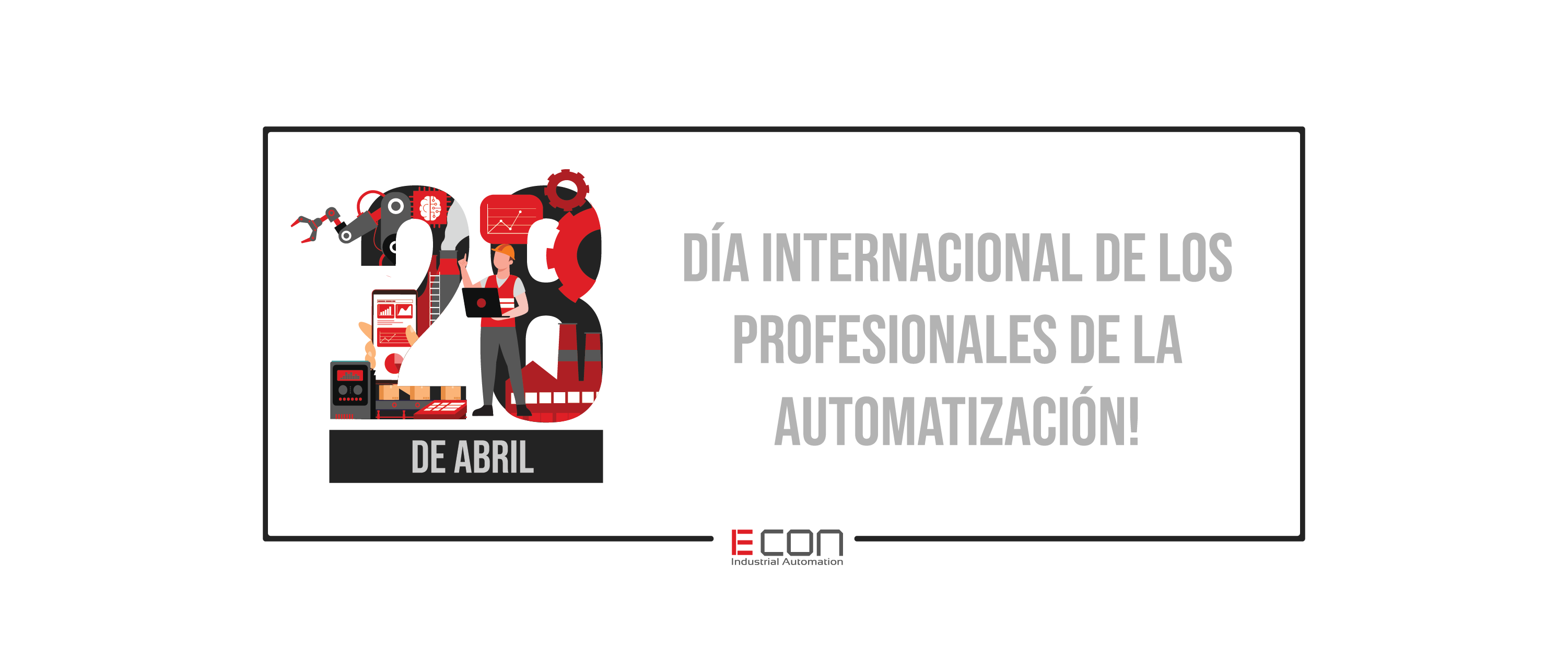Discover how AI algorithms are revolutionizing steel quality control in continuous casting processes.
The Challenge of Steel Quality Control
In the demanding world of steel manufacturing, ensuring product quality is crucial, and the standards of excellence continue to rise. Manufacturing steel pieces without defects has become increasingly challenging. Obtaining high-quality products from the Continuous Casting Machines process has always been vital, and several factors can contribute to the presence of defects, often affecting subsequent forming processes.
One prominent defect that often appears is rhomboidity, which occurs when there is a significant difference between the diagonals of the cross-section of a billet, usually exceeding 2% (equivalent to 8 mm). This defect can be caused by a defect in the mold used during the casting process or uneven cooling, which in turn leads to the formation of cracks in the obtuse corners of the billet and movement problems during reheating in the pre-rolling furnace.
Addressing this challenge, researchers have developed a predictive model using machine learning algorithms that consider various variables, including steel quality (chemical composition and temperature) and cooling water conditions (pressure, flow, temperature), to predict the degree of rhomboidity in the billets.
The model has demonstrated 80% accuracy in predicting rhomboidity, with errors within the range of +/- 0.5 mm. This allows operators to detect and correct rhomboidity levels in a timely manner, making necessary operational adjustments to reduce the defect formation rate.
Understanding Rhomboidity Defects in Continuous Casting Machine
Rhomboidity defects in continuous casting occur when there is a significant difference between the diagonals of the cross-section of a billet, resulting in an irregular shape. This defect can be caused by various factors, including mold defects and uneven cooling. The presence of this defect can lead to cracks in the obtuse corners of the billet and difficulties during the reheating process.
By understanding the causes and effects of rhomboidity defects, manufacturers can take proactive measures to minimize their occurrence. Machine learning algorithms play a crucial role in predicting and identifying quality, allowing for timely corrective actions.
The Role of Machine Learning in Predicting Rhomboidity
Machine learning algorithms have revolutionized the field of steel quality control by enabling accurate prediction of rhomboidity defects in billets produced through continuous casting. By analyzing various variables, such as steel quality and cooling water conditions, these algorithms can identify patterns and correlations that contribute to the formation of rhomboidity.
The predictive model developed using machine learning algorithms has proven to be effective in predicting the degree of rhomboidity with an 80% accuracy rate. This allows manufacturers to detect and address rhomboidity issues before they lead to further complications in the production process.
Machine learning algorithms play a crucial role in optimizing the manufacturing process by providing real-time insights and enabling proactive measures to reduce the occurrence of rhomboidity defects.
Benefits of Predictive Models in Steel Manufacturing
The implementation of predictive models based on machine learning algorithms brings several benefits to the steel manufacturing industry. By accurately predicting the degree of rhomboidity in billets, manufacturers can take proactive measures to prevent defects and improve overall product quality.
Some of the key benefits of predictive models in steel manufacturing include:
- Improved product quality: By identifying and addressing rhomboidity defects early on, manufacturers can ensure that the final products meet the required quality standards.
- Increased operational efficiency: Predictive models enable manufacturers to optimize their processes, reducing the occurrence of defects and minimizing downtime caused by corrective actions.
- Cost savings: By preventing the formation of rhomboidity defects, manufacturers can avoid the costs associated with rework, scrap, and customer dissatisfaction.
Overall, predictive models based on machine learning algorithms provide valuable insights and enable proactive decision-making in steel manufacturing, leading to improved efficiency and product quality.
Driving Efficiency and Quality with Machine Learning
The combination of data analysis and machine learning algorithms is revolutionizing the approach to defect reduction in steel manufacturing. By predicting and reducing rhomboidity defects in billets, companies can enhance the quality of their products and ensure customer satisfaction at all times.
Machine learning algorithms enable manufacturers to detect and correct rhomboidity issues in a timely manner, minimizing the occurrence of defects and improving overall efficiency. Real-time insights provided by these algorithms empower operators to make informed decisions and implement necessary adjustments to reduce the defect formation rate.
In conclusion, machine learning algorithms play a crucial role in enhancing continuous casting efficiency by enabling accurate prediction and reduction of rhomboidity defects. By leveraging the power of AI, manufacturers can optimize their processes, improve product quality, and meet the ever-increasing demands of the steel industry.




